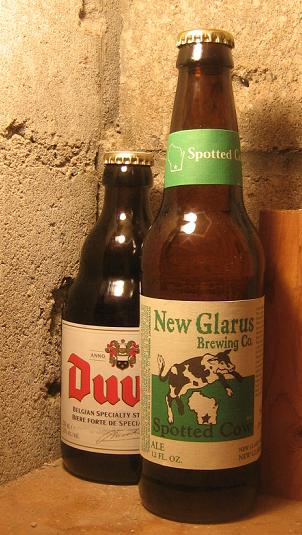 Knut made an interesting observation today about the way social media (a far better phrase than “community”) creates the unexpected, brings beer fans and brewers together on the level. No one is in charge and each is responsible for their own degree of honesty. I was so interested that I tried to use Google’s Swedish to English translator to see what the hubbub was all about and here is what I learned:
Knut made an interesting observation today about the way social media (a far better phrase than “community”) creates the unexpected, brings beer fans and brewers together on the level. No one is in charge and each is responsible for their own degree of honesty. I was so interested that I tried to use Google’s Swedish to English translator to see what the hubbub was all about and here is what I learned:
Holds up the cup. Noting that it is indeed good dark to be an IPA. For the glass to my nose to pull me in a lot of pine and citrus. Wait? May run down your nose a good way down to the glass to feel something, and facing me is not the fresh hops, you might think should be there given that it is nybrygd. The taste is quite sweet, feels a little stale and boring, not very bitter, either. Nejdu, the batches were no further at all! Really sad, it felt more like a brown ale than an IPA on the verge of DIPA.
I was stunned. It was like looking in the mirror – beer tasting notes are actually the universal language. Forget Latin. To hell (dare I say) with Esperanto. We are all one though the power of “May run down your nose a good way down to the glass to feel something.” Frère! Tovarich!!
This made me want to do the unexpected myself, bring the distant nearer. And, oddly, do it with corn. I worry about corn. And I am worried about the anti-corn forces out there, the barley storm troopers who would have you believe it is the drinker’s fault – your fault – that the maize beer is simply no good, that rice beer is the sole dominion of the macro-industrial Babbitt. I like to think corn has its place. I like to think that the Einstein or Newton of alt-grain brewing has yet to be born. He may even be among us. Uncelebrated. Unloved. He might be that lump over there on your sofa right now.
So, I took it upon myself to do what I can in the cause of corn and to start with the highest expression of corn, New Glarus Spotted Cow and add to it a Belgian of dignity / snob appeal to come up with some thoughts about what a corn brew might be. Tonight, that test is being done with Duval. I had hoped for Orval but the local LCBO was out of it. So Duval will have to do.
100% Spotted Cow: it pours a lovely slightly lemon golden. On the schnoz, it’s creamed corn (which I love), a little cream of wheat (which I also love) and a zig or a zag of yeasty goodness (who doesn’t like that?). Light bodied, slightly yogurt soured lager yeast, a bit of steely hop, fresh corn (not boiled like some of the unbest beer) and graininess. Finish is light – steel, grass, corn. What is not to like? Pure homage to the golden age of American beer. Wish it came in a can at my own corner store.
50% Spotted Cow – 50% Duval: slightly lighter with the Duval whipped egg white head. The smell is very nice. On the sniff, the sweetness of the corn now has bracing from the light spice of the Duval. On the mouth, there is a bit of a nullification like when two waves come up each other out upon the ocean… and disappear. Less corn but also less Belgian bubble gummy spiced goodness. But there is body and at the back end heat. You could see that a well handled tripel or Belgian strong gold could handle a little corn.
33.3% Spotted Cow – 66.7% Duval: More whipped egg head but not enough corn flavour to justify the blending. While both beers are more fine in flavour than most I sip on an average day, the Duval spice really overpowers here and the corn is just a weird intrusion. No, this experiment really needs to be about Duval as a adjunct to the adjunct laced brew and not the other way around. Yet, there are some flavours that start to remind me of less than thrilling biscuity fruity sparkling wines.
66.7% Spotted Cow – 33.3% Duval: This is good with the blend breaking out into a two step with the Spotted Cow sitting up front and the Duval carrying up the rear. Just a white froth head with open watery corny on the first swish followed by greater complexity with the finish marked by spice. The best of the blends and gives me hope for that ultimate Orval smackdown.
There you have it. The experiment you have all been waiting for. What did I learn? That you have to be careful pouring Duval into a shot glass as it readily explodes into a meringue of a head in the blink of an eye. And that Spotted Cow is a grand brew worth the respect given by the BAers. I have two more of these corny treats to go. What to blend with them?

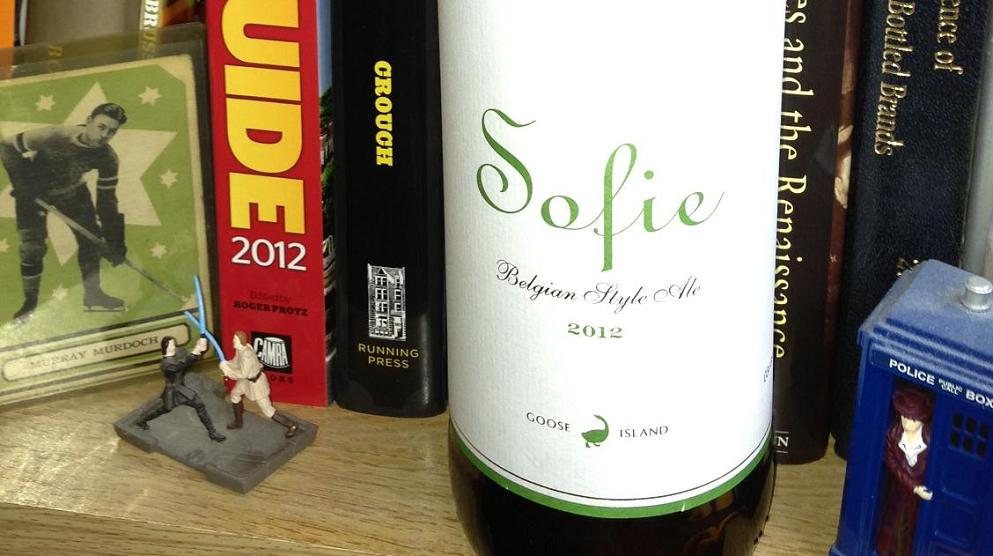
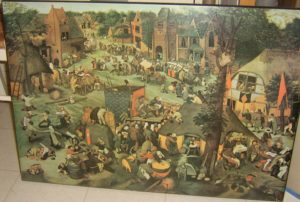

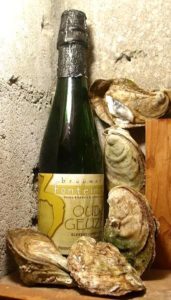
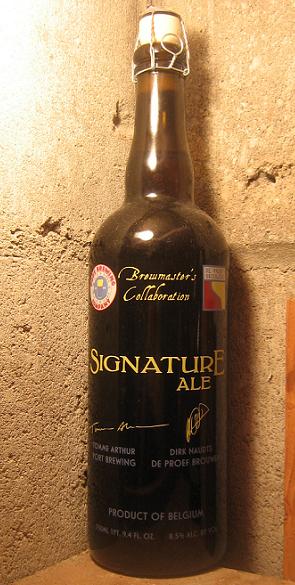
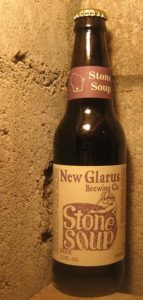
 What to call these beers? For the last few years, brewers have been
What to call these beers? For the last few years, brewers have been 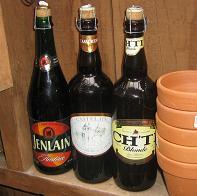 The trouble with charcoal grilling is that when the rain comes you can’t turn it off. Propane, on the other hand, has a nice dial that has a “0” setting. But there is the garden shed and, when it rains and you have visitors, it can turn out to be a delightful place to while away a late afternoon hour reading last week’s newspapers in the recycling bin, listening to AM radio and comparing a few examples of bieres de garde and saisons.
The trouble with charcoal grilling is that when the rain comes you can’t turn it off. Propane, on the other hand, has a nice dial that has a “0” setting. But there is the garden shed and, when it rains and you have visitors, it can turn out to be a delightful place to while away a late afternoon hour reading last week’s newspapers in the recycling bin, listening to AM radio and comparing a few examples of bieres de garde and saisons.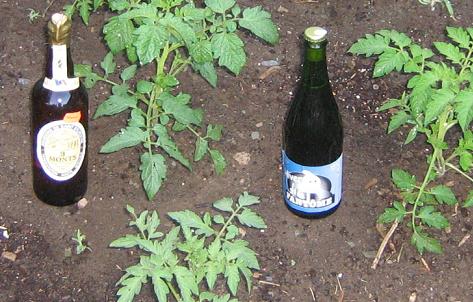
 This is the second in my
This is the second in my 